Are Camcorders With Digital Zoom Any Good ?
Camcorders with digital zoom can be useful for getting closer to the subject without physically moving, but the quality of the zoomed-in image may be compromised. Digital zoom works by enlarging the pixels in the image, which can result in a loss of detail and image clarity. In comparison, optical zoom, which uses the camera's lens to physically zoom in, generally produces better image quality. Therefore, if image quality is a priority, it is recommended to choose a camcorder with optical zoom rather than relying solely on digital zoom.
1、 Image quality limitations of camcorders with digital zoom
Image quality limitations of camcorders with digital zoom
Camcorders with digital zoom have their limitations when it comes to image quality. While digital zoom may seem like a convenient feature, it is important to understand its drawbacks before making a purchase decision.
Digital zoom works by cropping and enlarging the image digitally, which results in a loss of image quality. Unlike optical zoom, which uses the camera's lens to physically zoom in, digital zoom simply magnifies the existing pixels, leading to pixelation and a decrease in sharpness. This can result in blurry or grainy footage, especially when zooming in on distant subjects.
Furthermore, digital zoom is often limited in its range. Once the camera reaches its maximum optical zoom, it switches to digital zoom, which can only magnify the image up to a certain point. This means that the level of zoom achievable with digital zoom is often limited compared to optical zoom.
In recent years, advancements in technology have led to improvements in digital zoom capabilities. Some camcorders now offer features like "hybrid zoom" or "super resolution zoom," which use a combination of optical and digital zoom to enhance image quality. However, even with these advancements, the image quality limitations of digital zoom still persist.
In conclusion, while camcorders with digital zoom may offer convenience and the ability to get closer to your subject, they are not ideal for capturing high-quality footage. If image quality is a priority, it is recommended to opt for a camcorder with optical zoom or consider using additional lenses or accessories to achieve the desired level of zoom without sacrificing image quality.

2、 Impact of digital zoom on video resolution and clarity
The impact of digital zoom on video resolution and clarity is a topic of debate among videographers and camera enthusiasts. While digital zoom can be a useful feature for getting closer to a subject, it does have limitations that can affect the overall quality of the video.
Camcorders with digital zoom use software algorithms to enlarge the image, resulting in a loss of resolution and clarity. This is because the camera is essentially cropping the image and then enlarging the remaining pixels to fill the frame. As a result, the video may appear pixelated or blurry, especially when zoomed in to the maximum extent.
However, it is worth noting that advancements in technology have led to improvements in digital zoom capabilities. Some newer camcorders employ more sophisticated algorithms and image processing techniques to minimize the loss of quality. Additionally, higher resolution sensors and better image stabilization systems can also help mitigate the negative effects of digital zoom.
That being said, it is generally recommended to avoid relying heavily on digital zoom if you prioritize video quality. It is often better to physically move closer to the subject or invest in a camcorder with optical zoom, which uses the lens to magnify the image without sacrificing resolution.
In conclusion, while camcorders with digital zoom can be convenient for getting closer to a subject, they may not deliver the same level of video resolution and clarity as optical zoom. The latest advancements in technology have improved digital zoom capabilities, but it is still advisable to use it sparingly and prioritize optical zoom or physically moving closer to the subject for better video quality.
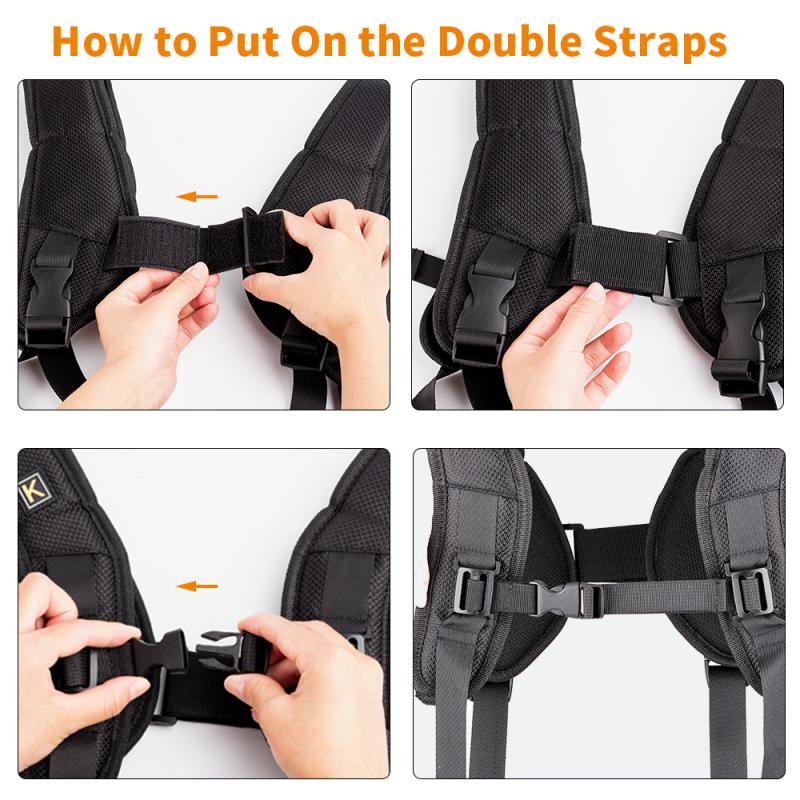
3、 Comparing digital zoom vs. optical zoom in camcorders
Comparing digital zoom vs. optical zoom in camcorders, it is generally agreed upon that optical zoom is superior to digital zoom in terms of image quality. Optical zoom works by physically adjusting the lens to magnify the image, resulting in a true zoom effect without sacrificing image clarity. On the other hand, digital zoom simply enlarges the pixels in the image, leading to a loss of detail and potentially pixelation.
Camcorders with digital zoom can still be useful in certain situations, such as when you need to get closer to a subject but don't have the ability to physically move closer. However, it is important to note that the quality of the zoomed-in image will not be as good as with optical zoom.
In recent years, there have been advancements in digital zoom technology, such as the use of artificial intelligence and image processing algorithms. These advancements aim to improve the quality of digital zoom by reducing pixelation and enhancing details. While these improvements are promising, they still cannot match the image quality provided by optical zoom.
Ultimately, if image quality is a priority for you, it is recommended to choose a camcorder with optical zoom. Optical zoom allows you to capture clear and detailed footage even when zoomed in, making it ideal for capturing distant subjects or shooting in various environments. However, if you find yourself in situations where optical zoom is not available or practical, camcorders with digital zoom can still be a useful tool, especially with the latest advancements in technology.
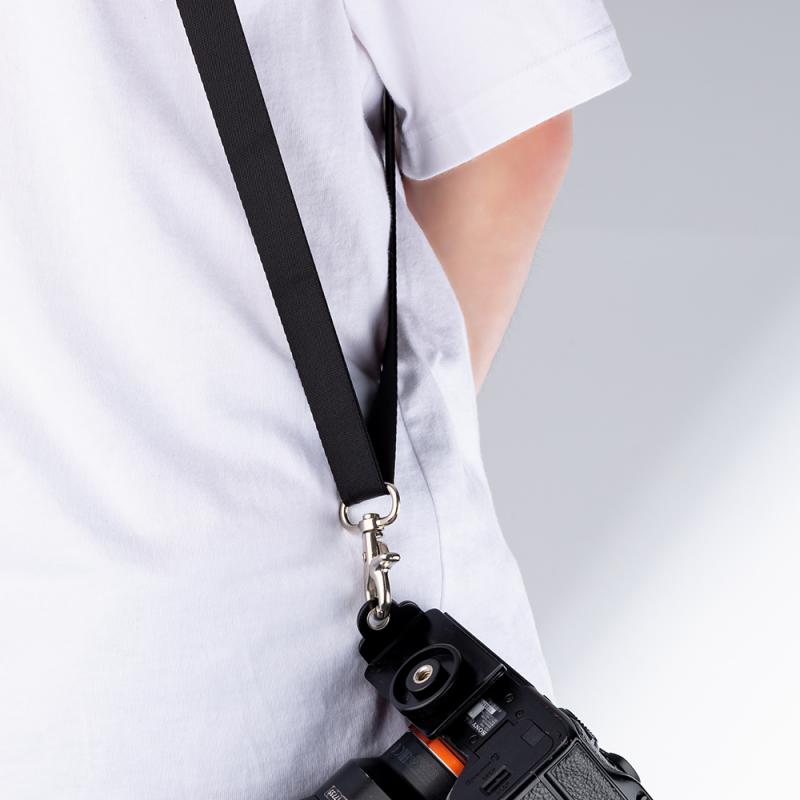
4、 Understanding the loss of detail with digital zoom
Understanding the loss of detail with digital zoom
Digital zoom is a feature commonly found in camcorders and digital cameras that allows users to zoom in on a subject without physically moving closer. While it may seem like a convenient tool, it is important to understand the limitations and potential drawbacks of using digital zoom.
In simple terms, digital zoom works by cropping the image and enlarging the remaining portion. Unlike optical zoom, which uses the camera's lens to physically magnify the subject, digital zoom relies on software algorithms to artificially increase the size of the image. As a result, the quality of the zoomed-in image is often compromised, leading to a loss of detail and increased pixelation.
The effectiveness of digital zoom largely depends on the resolution of the camera's sensor. Higher resolution sensors can capture more detail, allowing for better results when using digital zoom. However, even with the latest advancements in sensor technology, digital zoom still cannot match the quality of optical zoom.
It is worth noting that some manufacturers claim to offer "hybrid" zoom, which combines optical and digital zoom to achieve better results. While this may improve the image quality to some extent, it is still important to be aware of the limitations of digital zoom.
In general, if capturing high-quality, detailed footage is a priority, it is recommended to rely on optical zoom rather than digital zoom. Optical zoom uses the camera's lens to physically magnify the subject, resulting in sharper and more detailed images. However, if optical zoom is not available or practical, digital zoom can still be useful for getting closer to a subject, as long as the user understands and accepts the potential loss of detail.






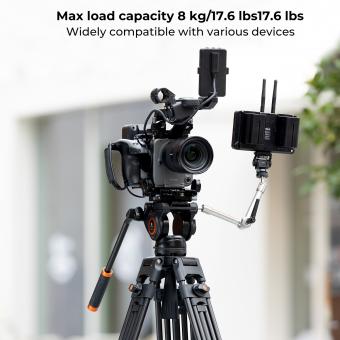

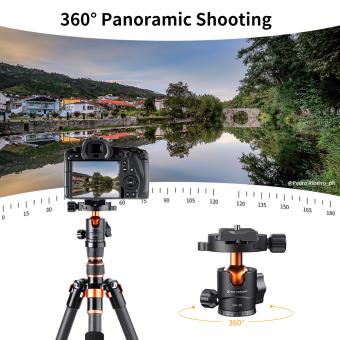
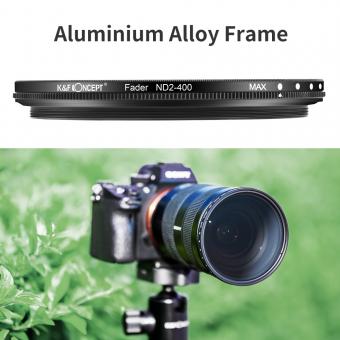





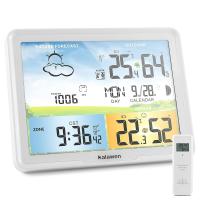
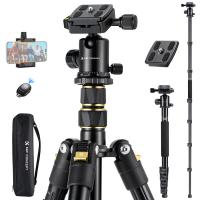
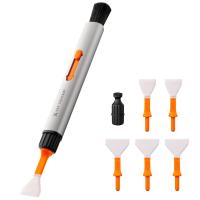
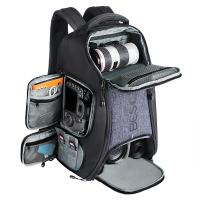
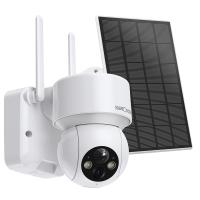
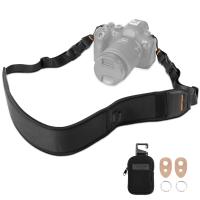

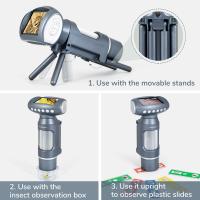
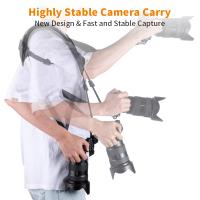


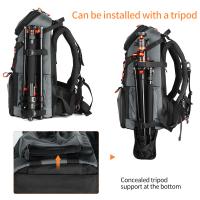
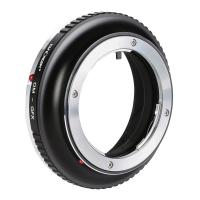



There are no comments for this blog.